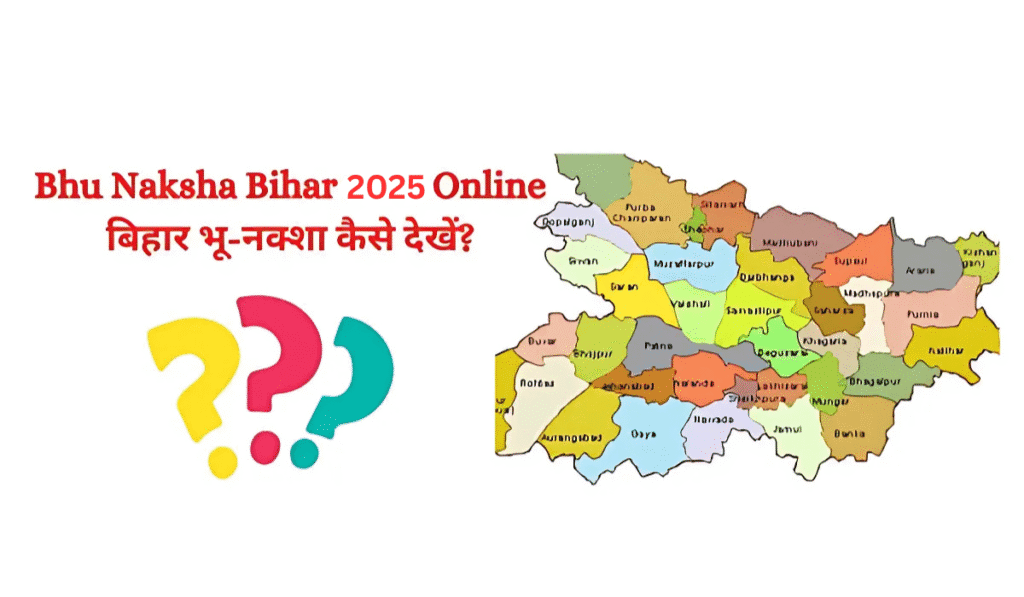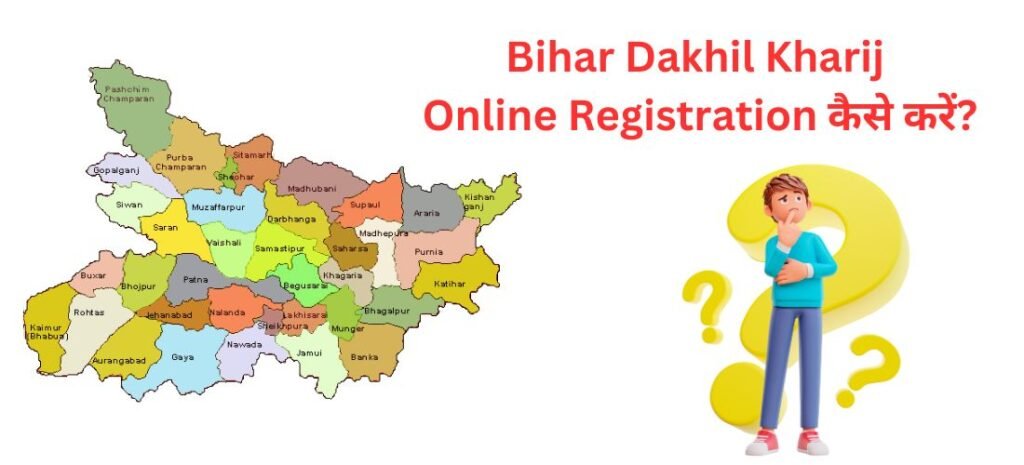One of the most challenging yet rewarding sections of the WACE English exam is responding to unseen texts. This part of the paper tests your ability to critically read, interpret, and articulate thoughtful responses to a variety of unfamiliar material—be it prose, poetry, or media texts. While it may seem daunting at first, mastering this section is possible with practice and the right strategy. Whether you’re preparing independently or with the support of a WACE English tutor, here’s a clear guide on how to analyse, compare, and respond to unseen texts effectively.
Understanding the Purpose
The hidden text part is meant to test how well you understand what you’re reading, how well you can think critically, and how quickly you can write analytical or comparative answers. It requires you to apply the skills you’ve developed throughout the course to material you’ve never seen before. These texts can be literary, non-fiction, visual, or multimodal—often paired for comparison.
Step 1: Initial Reading and Annotation
Begin by reading both texts carefully. On your first read, get a general sense of what each text is about—its topic, tone, and type. Then, read again and start annotating. Underline or highlight literary and stylistic features: metaphors, tone shifts, diction, punctuation, sentence structure, or imagery. Pay attention to the audience and purpose—why was this text written and for whom?
A good WACE English tutor will often emphasize the importance of reading with a purpose. Don’t just identify techniques—consider why they’ve been used and how they shape meaning or influence the reader.
Step 2: Compare and Contrast
Once you understand the texts individually, consider how they relate to each other. Are they addressing similar themes or responding to the same issue in different ways? What are their similarities and differences in tone, form, and language? Identifying connections between texts is crucial for comparison responses.
Create a quick table or mind map if time allows—this can help you visualize how the two texts align or differ in terms of:
- Themes and ideas
- Authorial purpose
- Language and stylistic techniques
- Tone and mood
Step 3: Plan Your Response
Before you begin writing, outline your argument. Decide on your thesis or central idea, and how each paragraph will support it. A clear structure is essential—typically, an introduction, two to three body paragraphs, and a conclusion.
Each paragraph should focus on a specific point of comparison or analysis. Begin with a clear topic sentence, provide textual evidence from one or both texts, analyse the language features, and link back to your overall thesis.
Step 4: Use Precise Language
Your analysis should be clear, focused, and supported by evidence. Avoid generalizations like “this creates a good effect” or “this is a strong technique.” Instead, specify how the technique works: “The repetition of ‘never’ emphasises the speaker’s despair and growing hopelessness.”
Also, use metalanguage—terms that describe how language works—such as connotation, juxtaposition, modality, or allusion. A WACE English tutor can help you build confidence in using this vocabulary accurately and naturally.
Step 5: Practice Under Timed Conditions
Finally, nothing beats timed practice. It’s one thing to analyse texts at your own pace; it’s another to produce a coherent, insightful essay in a limited time. Set aside 45 minutes and attempt a few unseen text tasks from past papers. This will build your speed, confidence, and familiarity with the exam format.
In conclusion, success in the unseen texts section of WACE English relies on sharp reading skills, a strategic approach to comparison, and clear, analytical writing. With regular practice and guidance—whether through self-study or with a knowledgeable WACE English tutor—you can develop the skills needed to tackle unfamiliar texts with confidence and clarity.


